What Is Stone?
Important Point
Stone, encompassing various stone types, is a naturally available building material that has been used since the early age of civilization. It’s available in the form of rocks, which can be cut into the required size and shape and used as a building block.
It has been used to construct small residential buildings into large temples and palaces all over the world.
Red Fort, Taj Mahal, Vidhan Sabha in Bangalore, and several palaces of medieval age all over India would be the famous stone buildings.
Type of Stones
Considering the different types of stone, stones used for civil engineering works may be classified in the following three ways:
- Geological
- Physical
- Chemical
Also, read: What Is Concrete | 31 Different Types of Concrete
1. Geological Classification
Based on their origin and the kinds of stones, they are classified into three main groups
- Igneous Rocks.
- Sedimentary Rocks.
- Metamorphic Rocks.
1.1 Igneous Rocks.
These rocks are formed by cooling and solidifying these rock masses in their molten magmatic condition of the material of the earth.
Normally, igneous rocks are strong and durable. Granite, trap, and basalt are the rocks belonging to this category, and Granites are formed by slow cooling of the lava under thick cover on the top.
Hence they have crystalline surfaces. The cooling of lava in the top surface of the earth results in non-crystalline and glassy texture. Trap and basalt belong to this category.
1.2. Sedimentary Rocks.
Because of weathering action of water, wind and frost existing rocks disintegrate. The disintegrated material is carried by water and wind; the water being the most powerful medium.
Flowing water deposits its suspended materials in a few points of obstacles to its flow. These deposited layers of materials get consolidated under pressure and by heat.
Chemical agents also contribute to the cementing of these deposits. The rocks so formed are more uniform, fine-grained, and compact within their nature.
They represent a bedded or stratified structure in general. Sandstones, limestones, mud-stones, etc. belong to this class of rock.
1.3. Metamorphic Rocks.
Previously formed igneous and sedimentary rocks under go changes because of metamorphic action of pressure and internal heat.
For example, because of metamorphic action granite becomes grasses, trap and basalt change to schist and laterite, limestone changes to marble, sandstone becomes quartzite, and mud-stone becomes slate.
Also, read: What Is Standard Proctor Test & his Detail | Procedure Standard Proctor Test
2. Physical Classification.
Based on the structure and types of stones and rocks, they may be classified as:
- Stratified Rocks.
- Unstratified Rocks.
- Foliated Rocks.
2.1. Stratified Rocks.
These rocks have a layered structure. They possess planes of stratification or cleavage. They may be easily split along these planes. Sandstones, lime-stones, slate, etc. are examples of this class of stones.
2.2. Unstratified Rocks.
These rocks aren’t stratified. They possess compact and comprehensible grains. They can’t be split into a thin slab. Granite, trap, marble, etc. are examples of this type of rock.
2.3. Foliated Rocks.
These rocks have a tendency to split along a definite direction only. The direction is parallel to each other, as in the case of stratified rocks. This type of structure is very common in the case of metamorphic rocks.
Also, read: What Is Shoring In Construction | Type of Shoring
3. Chemical Classification
On the basis of their chemical composition and understanding the stone type, engineers prefer to classify rocks as:
- Silicious Rocks
- Argillaceous Rocks
- Calcareous Rocks
3.1 Silicious Rocks
The main content of these rocks is silica. They are hard and durable. Examples of such rocks are granite, trap, sandstones, etc.
3.2 Argillaceous Rocks
The main constituent of the rocks is argil, i.e., clay. These stones are tough and durable, but they are brittle. They can’t withstand shock. Slates and laterites are examples of this type of rock.
3.3. Calcareous Rocks
The main constituent of the rocks is calcium carbonate. Limestone is a calcareous rock of sedimentary origin, while marble is a calcareous rock of metamorphic origin.
Also, read: What Is Well Foundation | Component of Well Foundation
Uses of Stones
Considering the kinds of stone available, stones are used in the following civil engineering constructions:
- Stone masonry is used for the construction of walls, foundations, arches, and columns.
- Stones are used for flooring.
- Stone slabs are used as damp proof courses, lintels, as well as roofing materials.
- Stones with good appearance are used for the face works of buildings. Polished marbles and granite are generally used for face works.
- Stones are used for paving of roads, footpaths and open spaces across the buildings.
- Stones can also be used in the construction of piers and abutments of bridges, dams, and retaining walls.
- Crushed stones together with graved are used to provide a base course for roads. When mixed with tar, they form finishing coat.
- Understanding the working principle of centrifugal pumps, crushed stones are used in the following works:
- As a basic inert material in concrete.
- For making artificial stones and building blocks.
- As railway ballast.
Also Read: Classification of Stones
What Is Stone?
“Stone” generally refers to a solid, naturally occurring substance made up of minerals or mineral-like matter. Stones can vary widely in terms of composition, color, texture, and hardness. They are often used in construction, art, and various industrial applications due to their durability and aesthetic qualities.
Types of Stone
Many types of stones are available such as basalt, marble, limestone, sandstone, quartzite, travertine, slate, gneiss, laterite, and granite which can be used as construction materials.
What Is Stone Used For?
Uses of stone
Buildings, walls, paving slabs. Aggregates – stone used for its strong physical properties – crushed and sorted into various sizes for use in concrete, coated with bitumen to make asphalt or used ‘dry’ as bulk fill in construction. Mostly used in roads, concrete and building products.
Variety of Stones
- Granite: Durable igneous rock used in construction and countertops.
- Marble: Smooth metamorphic rock for sculptures and high-end design.
- Sandstone: Sedimentary rock, used in facades and flooring.
- Limestone: Soft sedimentary rock for construction and sculptures.
- Slate: Fine-grained metamorphic rock for roofing and flooring.
How Many Types of Stones?
There are three main types of stones: igneous, sedimentary, and metamorphic. These categories encompass a wide range of specific types of stones used for construction, decoration, and various other purposes.
Uses of Rock
Uses of Rocks:
- For road constructions.
- Limestone which is form of rock is used to manufacture concrete and cement.
- For paving and roofing in the form of flags or thin slabs.
- For masonry works, lintels, covering floors and building construction.
- To exact valuable minerals like Gold, Sapphire, Diamond etc.
Sedimentary Stone
Common sedimentary rocks include sandstone, limestone, and shale. These rocks often start as sediments carried in rivers and deposited in lakes and oceans. When buried, the sediments lose water and become cemented to form rock. Tuffaceous sandstones contain volcanic ash.
Is Stone a Type of Rock?
Stone is smaller than rock. To easily sum it up, rock is made out of stone and mineral matter. The stone used to make your countertops was cut from rock. Rocks are typically found in the earth’s crust.
Stone Material Types
- Igneous Stones: Granite, Basalt, Pumice
- Sedimentary Stones: Sandstone, Limestone, Shale
- Metamorphic Stones: Marble, Slate, Quartzite
- Gemstones: Diamond, Ruby, Sapphire
- Decorative Stones: Onyx, Jasper, Agate
Types of White Rocks
- Albite. Albite is a feldspar mineral that is commonly found in rocks like granite, pegmatite, syenite, and gneiss.
- Anhydrite.
- Dendritic Opal.
- Howlite.
- Ivory.
Unstratified Rocks Examples
Granite, marble, trap are few examples of Unstratified rocks.
Like this post? Share it with your friends!
Suggested Read –
- tar bitumen
- Type of Cement
- What Are 4 Types of Arches
- What Is Crane | Different Types of Cranes
- Different Types of Plumbing Pipes for Different Use
- Difference Between One Way Slab and Two Way Slab | What is Slab
- What Is Isometric Projection | Principle of Isometric Projections | Isometric Scale
- What Is Measurement Book | How to Write Measurement Book | Recording Measurement Book
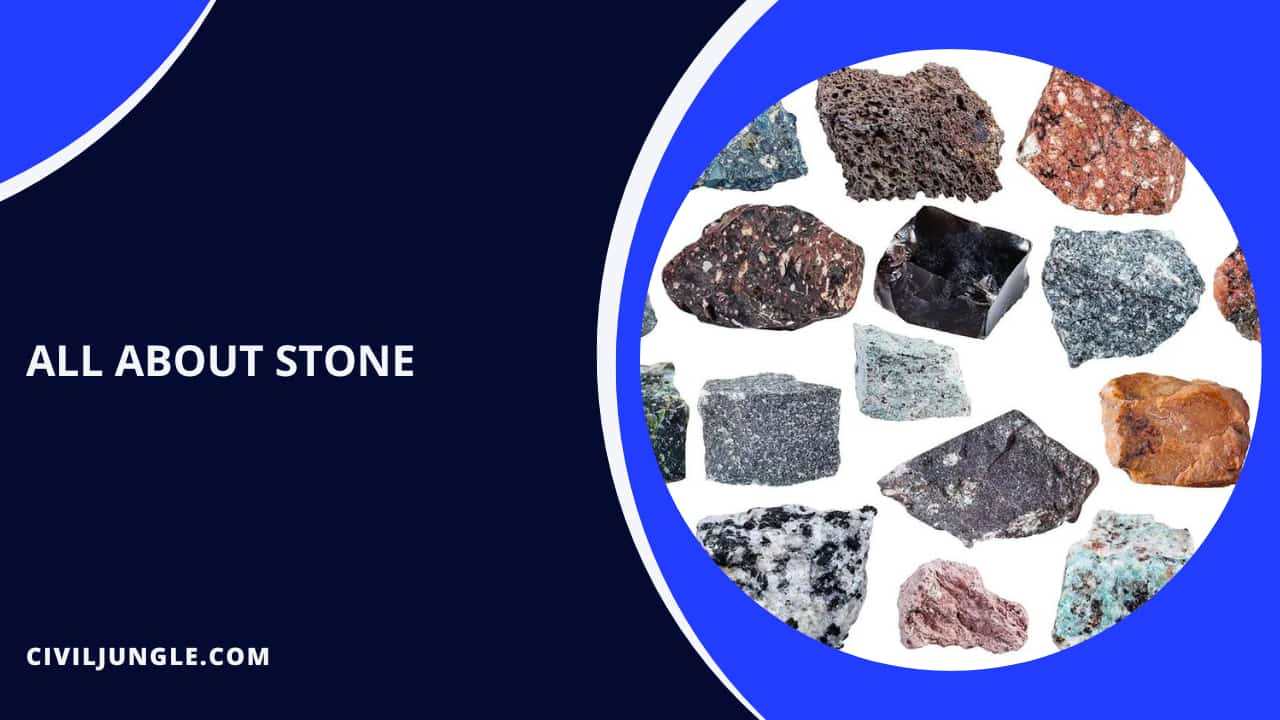
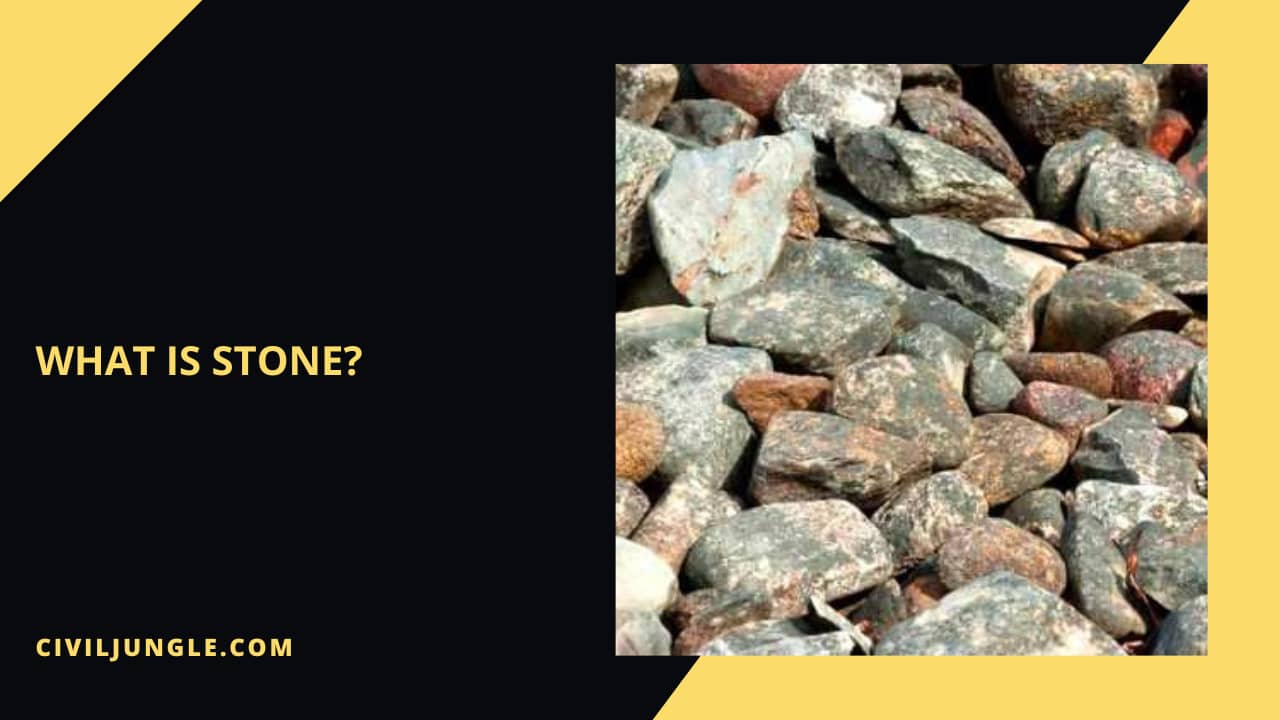
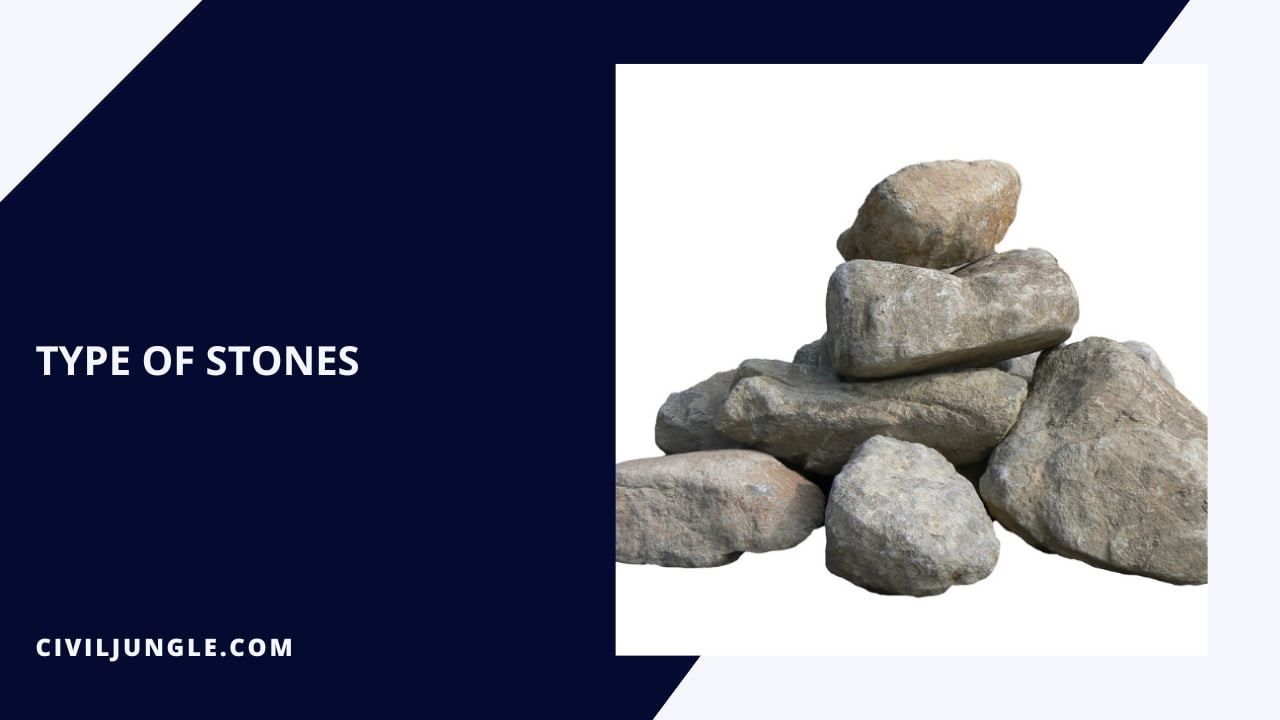
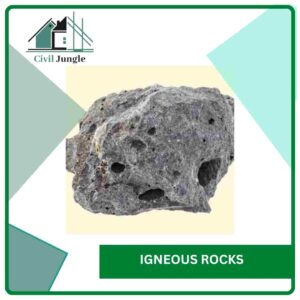
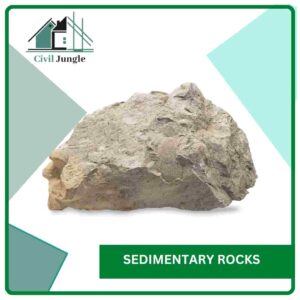
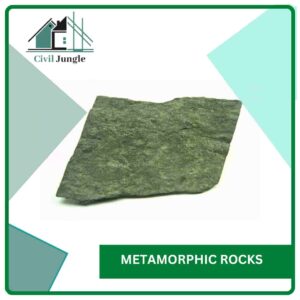
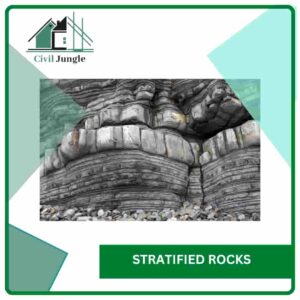
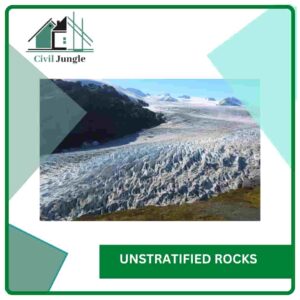
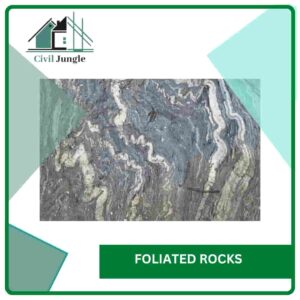
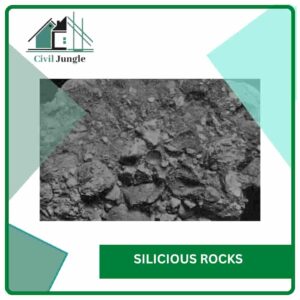
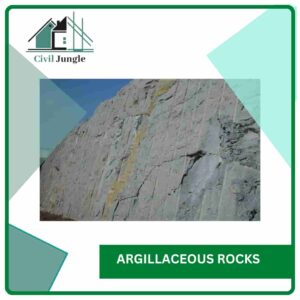
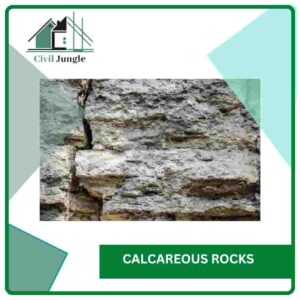
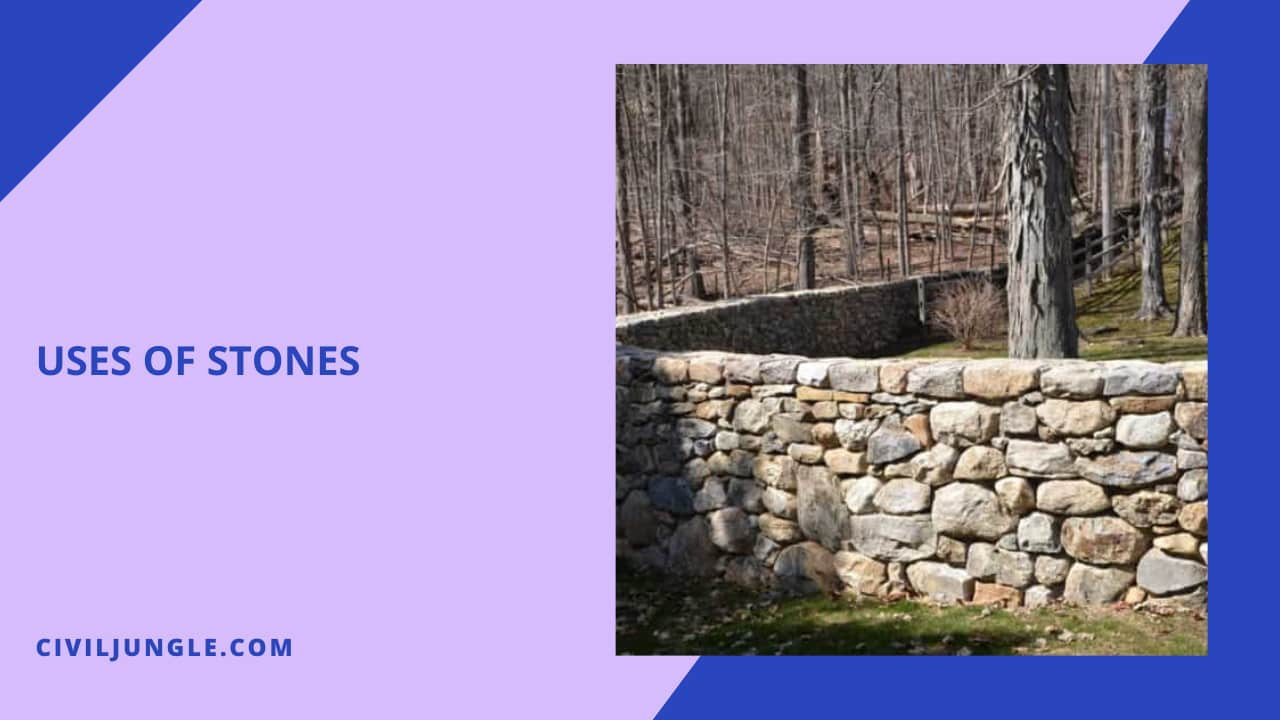

Leave a Reply